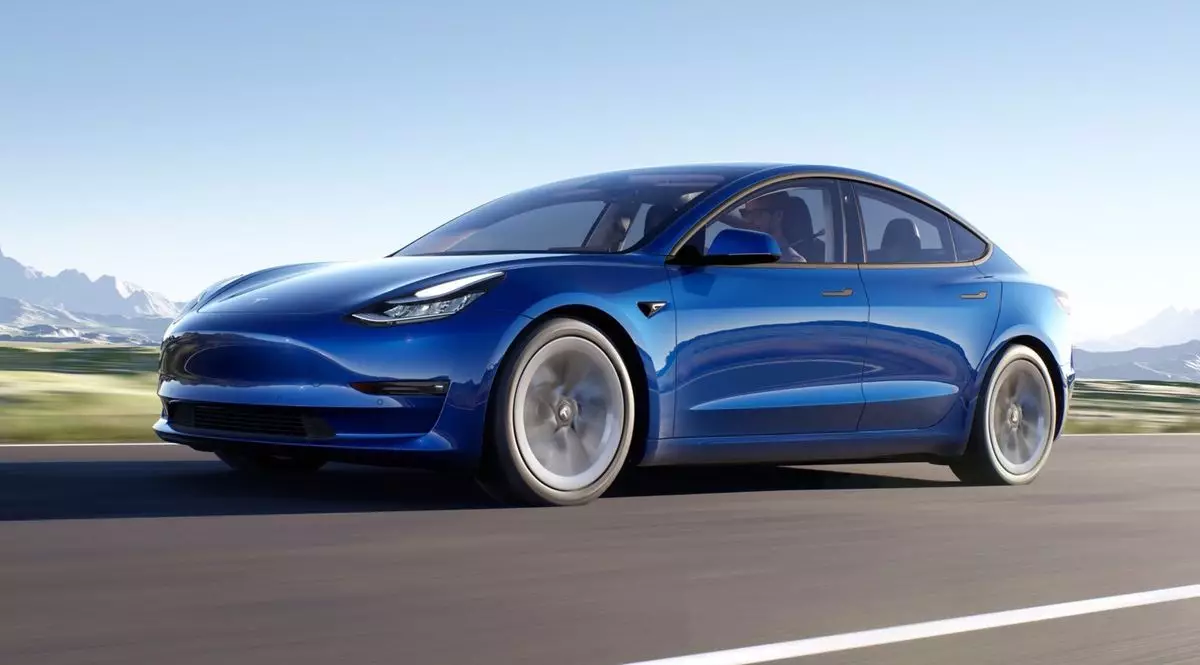Elon Musk has become synonymous with ambitious promises regarding the future of technology, and his forecasts about Tesla’s Full Self-Driving (FSD) capabilities have drawn considerable attention and skepticism over the years. Despite a consistent pattern of optimism, recent statements have introduced a different narrative: uncertainty. For enthusiasts and consumers alike, Musk’s most recent revelations regarding the hardware and software necessary for true autonomous driving have raised more questions than answers.
During a recent conference call detailing Tesla’s financial performance, Musk made a noteworthy declaration. He acknowledged that “there is some chance that HW3 does not achieve the safety level that allows for unsupervised FSD.” This acknowledgment points to a significant turning point in Musk’s narrative around FSD technology. The HW3, or Hardware 3, refers to the self-driving computer that Tesla began using in its models as far back as 2019. Traditionally, the FSD designation signifies ambitions toward Levels 4 and 5 of automation, where Level 4 allows for fully autonomous operation within designated areas but still might require a driver present. However, Level 5 represents the holy grail of self-driving technology: a fully autonomous vehicle without the need for human intervention.
By indicating potential limitations to HW3’s capabilities, Musk has shifted from his typical bravado about imminent advancements in self-driving technology. This pivot could imply that Tesla might not meet previously established timelines or expectations, leaving both investors and consumers at a crossroads concerning the viability of their existing vehicles equipped with HW3 technology.
In a somewhat reassuring spin, Musk noted that Tesla owners with HW3 systems would have the opportunity to upgrade to the newly released HW4, which reportedly offers “several times the capability” of its predecessor. Yet, this brings its own set of challenges and concerns. The HW4 is not merely an incremental upgrade; it incorporates enhanced hardware, including more advanced cameras with five times the resolution and superior low-light capabilities. Despite Musk’s optimistic framing, significant logistical barriers exist regarding the retrofitting of HW3-equipped vehicles with HW4.
Analysts have voiced skepticism about the feasibility of this kind of upgrade. The differences in design, power supply, and camera harnessing could mean that upgrading from HW3 to HW4 may not be as straightforward as swapping out components. It raises the possibility that custom solutions must be developed — an endeavor that could prove both complicated and costly. As Musk has voiced confidence regarding HW4’s capability for FSD, the realities of implementing such radical changes might just result in more delays and complications for Tesla and its customers.
The change in tone from Musk raises legitimate concerns among consumers and investors. For customers who have faithfully awaited FSD capabilities, the prospect of existing hardware becoming obsolete could feel like a betrayal. Many Tesla enthusiasts have invested significantly in the promise of full autonomy, and the ongoing uncertainty could threaten the brand’s loyalty. Furthermore, the suggesting that years of development on HW3 might culminate in a shrugging acknowledgment of limitation will certainly dampen enthusiasm among potential customers.
From a market perspective, the volatility present in Tesla’s technological advancements and timelines could affect stock prices and consumer trust. While Tesla has been a frontrunner in electric vehicle technology and self-driving innovation, faltering in these ambitious goals could provide competitors with an opportunity to catch up, particularly as advancements in autonomous driving continue elsewhere in the industry.
In summation, while Tesla’s promises of Full Self-Driving capabilities have long captured public imagination, Musk’s most recent statements about HW3 present a new layer of complexity that cannot be ignored. The transition to HW4 raises critical questions about technical implementation, safety standards, and customer sentiment that will need to be addressed. As the industry moves forward, the execution of these lofty promises will be paramount in determining both Tesla’s reputation and its role in shaping the future of autonomous driving. With each year passing, the dream of autonomous vehicles hangs tantalizingly just out of reach, forcing both enthusiasts and investors to reconsider how quickly that dream might become a reality.


Leave a Reply